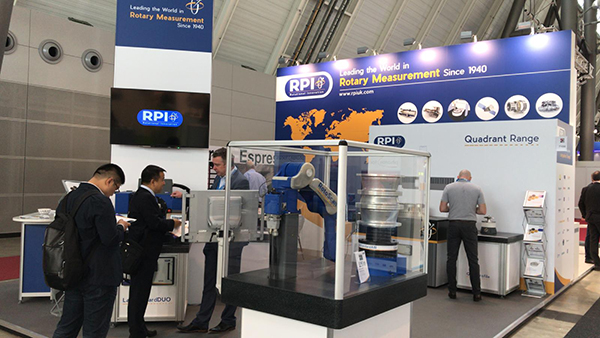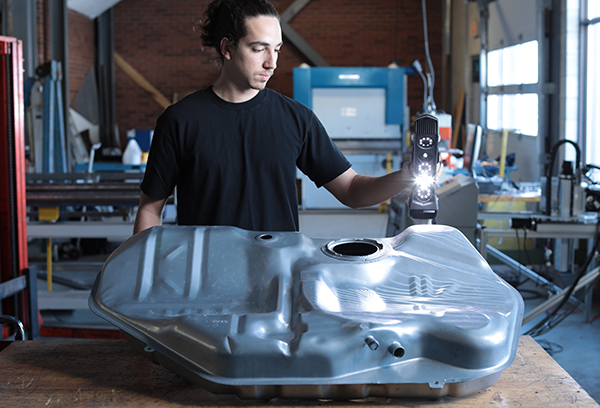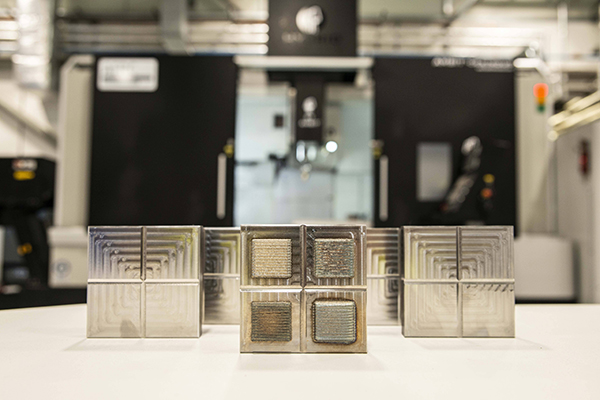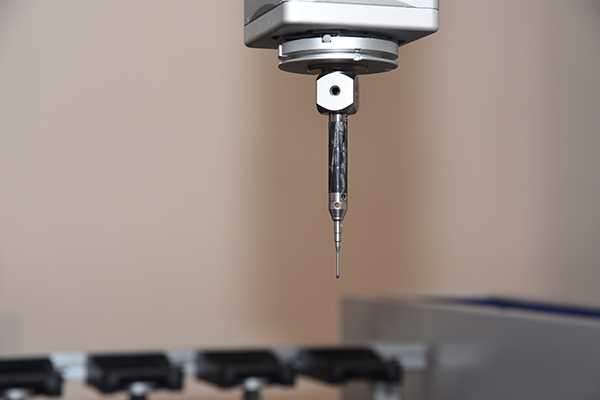RPI UK, a specialist in precision positioning devices for high-accuracy rotary and angular inspection systems, has enjoyed its best year yet at the recent Control show in Stuttgart.

Jim Palmer, RPI’s sales manager, says: “Our new look exhibition space and location drew many new visitors. In addition, we launched the QuadProfile system, which delivers new capability into the CMM market. Not only this, but we gauged plenty of interest by previewing the RotoScan concept, which was demonstrated at the front of stand. As always, this event is also a great opportunity to meet with our distributors and customers, and we’ve taken away some really interesting sales leads.”
The RPI QuadProfile is the company’s smallest and most accurate rotary table for turbine blade inspection on a CMM.
Also on the stand, the RotoScan device has been designed to automate the inspection of heavy-duty circular components which have a large diameter; examples include bearings, aerospace castings and rotors. The system used a robot to automate the inspection capability of components using traditional contact metrology techniques to improve the repeatability and reproducibility of the measurements. Developed with AccuScan software, the device also complements RPI’s other assembly platforms such as iMAP and GeoSpin.
In addition to these latest developments, RPI demonstrated its LabStandard range, which offers sub arc second angular accuracy and precision geometry for inspection and calibration labs, with the versatility of both single and dual-axis configurations.
For further information www.rpiuk.com




















